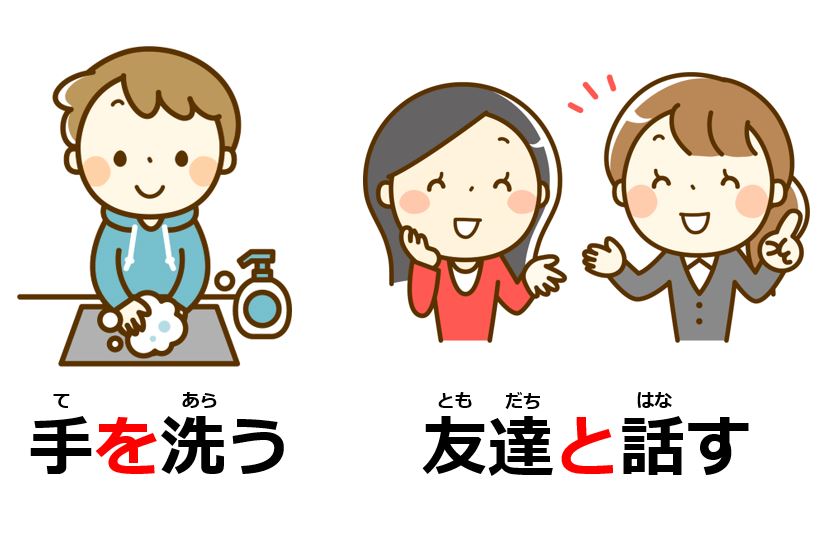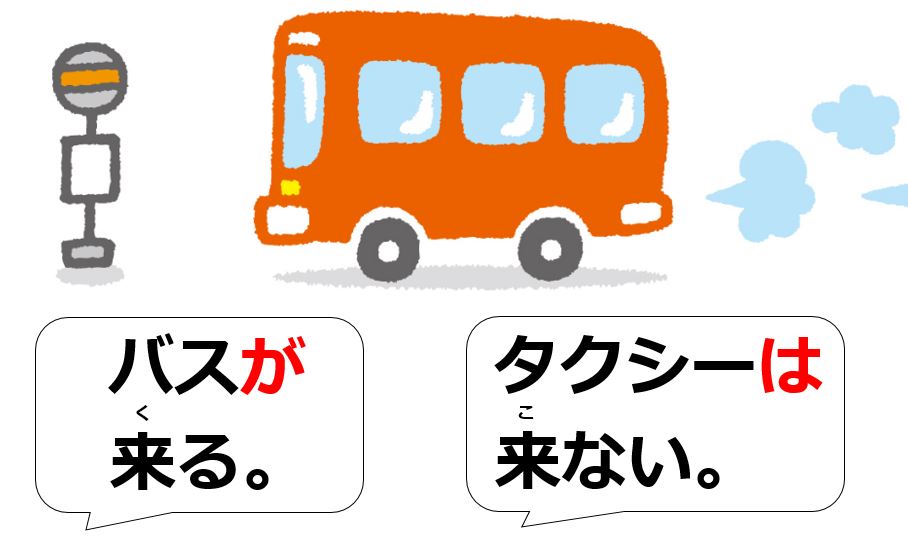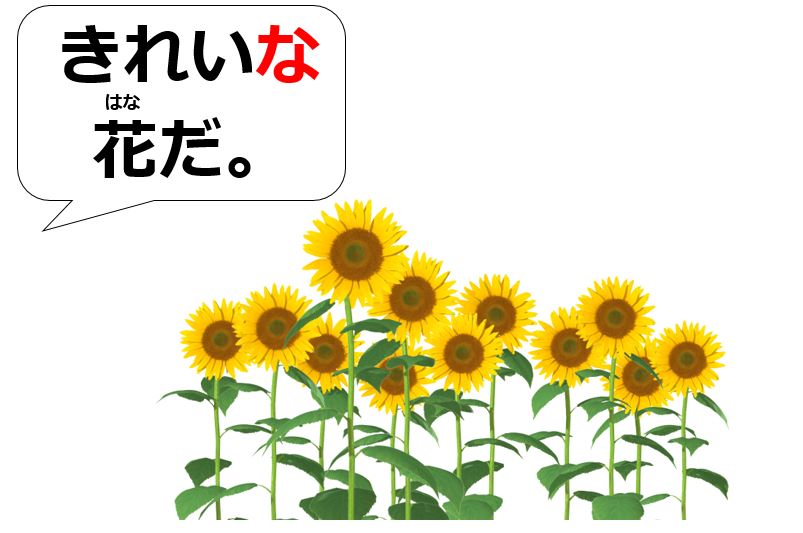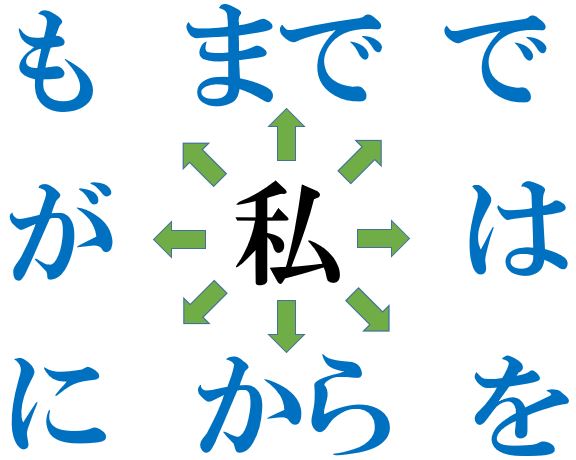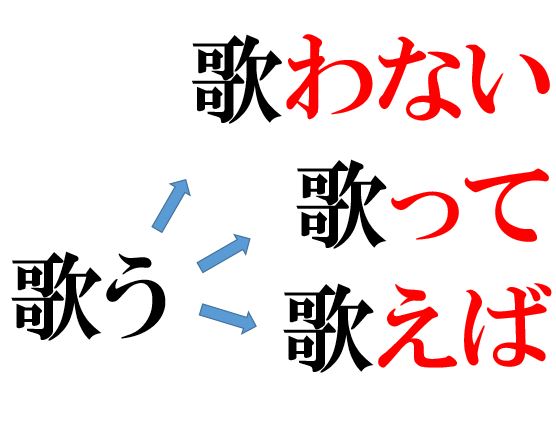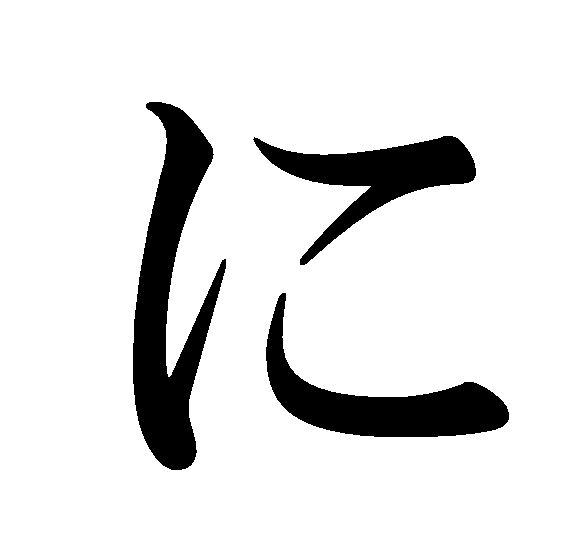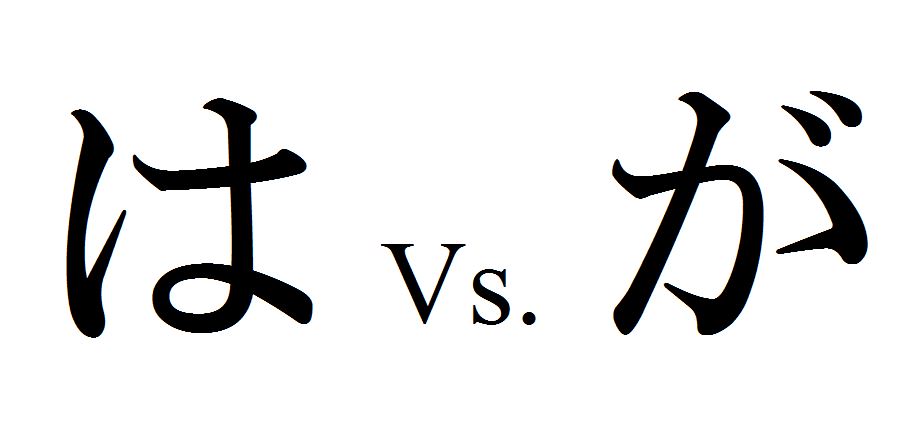Last time, you learned how to make subjects of Japanese verbs with the particles が and は: 雨あめが降ふる (new information) and 雪ゆきは降ふらない (contrast). In this lesson, you will learn how to make objects of Japanese verbs by using the particles: を, に, and と. How to Set Objects with the Particle を, に, and と […]
Japanese Grammar
Subjects of Japanese Verbs with the Particles: は and が
Last time, you learned the basic knowledge of Japanese verbs such as what ru-verb and u-verbs are and how to conjugate them. In this lesson, you will learn how to use Japanese verbs in a sentence by using the particles: は and が. Intransitive Verbs: How to Set a Subject with the Particle は and […]
Japanese Verbs: U-verbs, Ru-verbs and Conjugation
Last time, you learned how to use Japanese adjectives. By utilizing the particle が, which expresses subjects of predicates, you can describe what nouns are like. Now, you will learn how to allow nouns to take an action by using Japanese verbs. In this article, you will learn basic knowledge of Japanese verbs. Conjugation: Japanese […]
Japanese Adjectives with Particle が
Last time, you learned how to express state-of-being with a particular topic like “私わたしは学生がくせいです (I’m a student).” Then, what should you do if you would like to say “I am a young student?” In this article, you will learn how to use Japanese adjectives with the particle が. How to Modify a Noun Using Japanese […]
Topic Particle は and Particle も
Last time, you learned how to express state-of-being with Japanese nouns like “学生がくせいだ ([I’m a] student.)” In Japanese, sentences without subjects are very common when contexts clearly tell what or who you are referring to. Then, what should you do when it is not clear what you are talking about? In this article, you will […]
Japanese Particle Table
In Japanese, being able to use particles correctly has a significant importance on determining whether a sentence makes sense or not. We have made a table showing all of the functions. Japanese Particle Particle Function Example Note は Topic Contrast 明日あしたは雨あめだ As for tomorrow, it will rain. 日に本ほんは雨あめじゃない As for Japan, it will not rain. […]
Japanese Nouns: State-of-Being
When it comes to learning Japanese grammar as a beginner, it is important to understand that Japanese is different from your first language. Try not to apply the rules that your first language has into Japanese. By knowing Japanese grammatical rules step by step, you will certainly be able to construct Japanese sentences in place. […]
Japanese Verb Conjugation Table
Japanese verbs are categorized into u-verbs and ru-verbs. However, they can be further subdivided based on the conjugation patterns. In addition, there are some exceptions besides 来る and する. Here, we will cover all of them. Japanese Verbs Name U-verbs (Godan-verb) Ru-verbs (Ichidan-verb) Exceptions Stem kak- mot- yom- kaw mi- tabe- ku/ko/ki- su/shi- Dictionary Form […]
Japanese Particle に: Clear Up all Doubts You May Have
This article is part of Wasabi grammatical support service. We’re more than delighted to answer any grammatical questions you may have without any additional fee (*Wasabi user only). Today’s topic is regarding Japanese particle に. As you may know, に is the particle having the most various functions. Therefore, although this is very useful, learners […]
は vs. が: Five Points You Need to Know
This article is part of Wasabi grammatical support service. We’re more than delighted to answer any grammatical questions you may have without any additional fee (*Wasabi user only). Today’s topic is regarding Japanese particle; は vs. が. Many Japanese language learners face difficulty using は and が. As a native Japanese speaker, Japanese particles are […]

